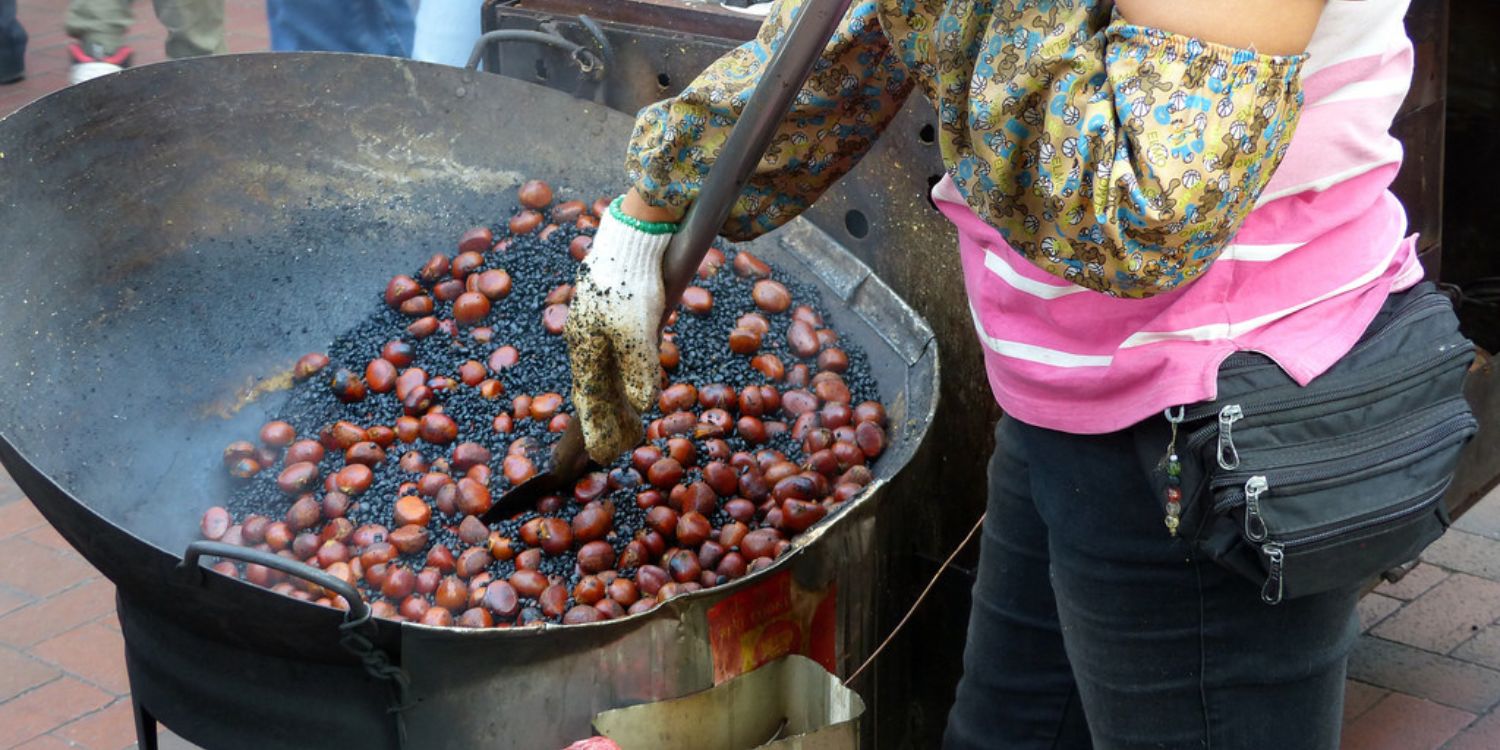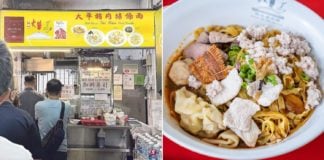This piece is part of MS Explains, a segment where we provide clarity to common or key topics, making them easier to digest.
Why Do Singapore Authorities Regulate Street Hawkers So Strictly?
If you’ve been keeping up with the news, you may have heard of the 62-year-old street hawker who was recently fined for selling roasted chestnuts without a licence.
In case you missed it, here’s a TLDR or summary — Mr Tan Hee Meng was found guilty of 19 counts of illegal hawking. The court thus slapped him with a S$27,600 fine.
If he can’t pay the fine, he’s liable for a 36-day jail term.
All this begs the question — if the law punishes someone for selling something as innocent as roasted chestnuts, what else do they regulate? And do legal street hawkers even exist in Singapore?
Singapore’s ‘illegal hawker’ problem
Though the recent case of the roasted chestnut seller made headlines because of the extent of his fine, the issue of illegal hawking isn’t new to Singapore.
In 2013, The Straits Times (ST) reported that the National Environment Agency (NEA) issued 9,800 tickets to more than 1,000 illegal hawkers in 2012 alone.
Out of the tickets issued, 81 per cent were for repeat offenders.
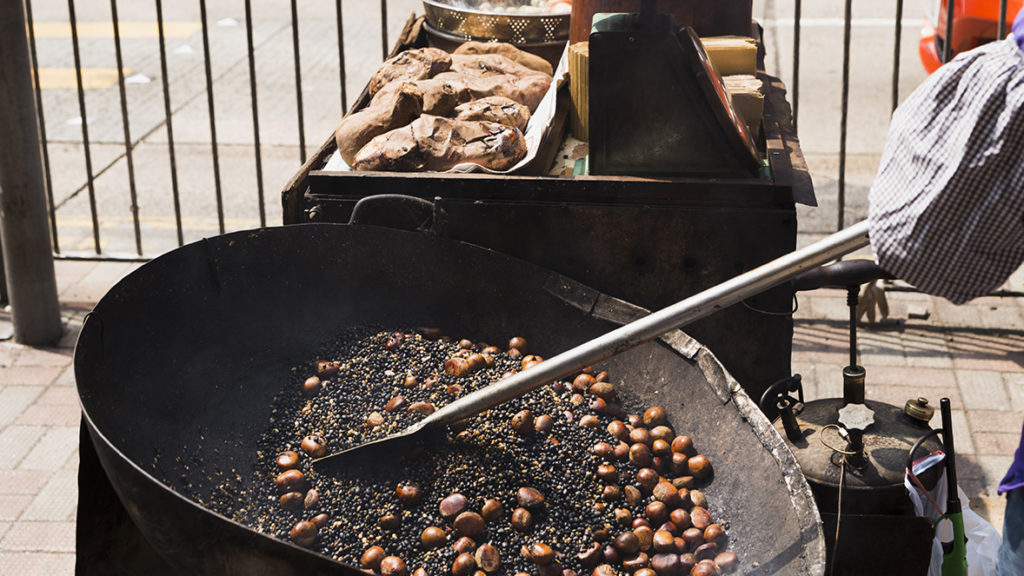
Source: LINK
According to a recent media release by the Singapore Food Agency (SFA), a repeat offender can be liable to a fine of up to S$10,000 and/or jail time not exceeding three months.
Despite the hefty fines and stringent rules, street hawkers are still peddling their wares without appropriate licensing.
In Mr Tan’s case, he was found guilty of illegal hawking at various locations across Singapore 19 times between May 2019 and March 2023.
Strict requirements for street hawkers to get licence
To avoid a fate such as Mr Tan’s, a street hawker in Singapore must have a licence under the Street Hawking Scheme.
Approved items for sale under the Street Hawking Scheme are as follows:
- Newspapers
- Lottery tickets
- Ice-cream
- Nuts
- Crackers
- Canned drinks
- Costume jewellery
- Phone cards
- Toiletries
- Tissue paper
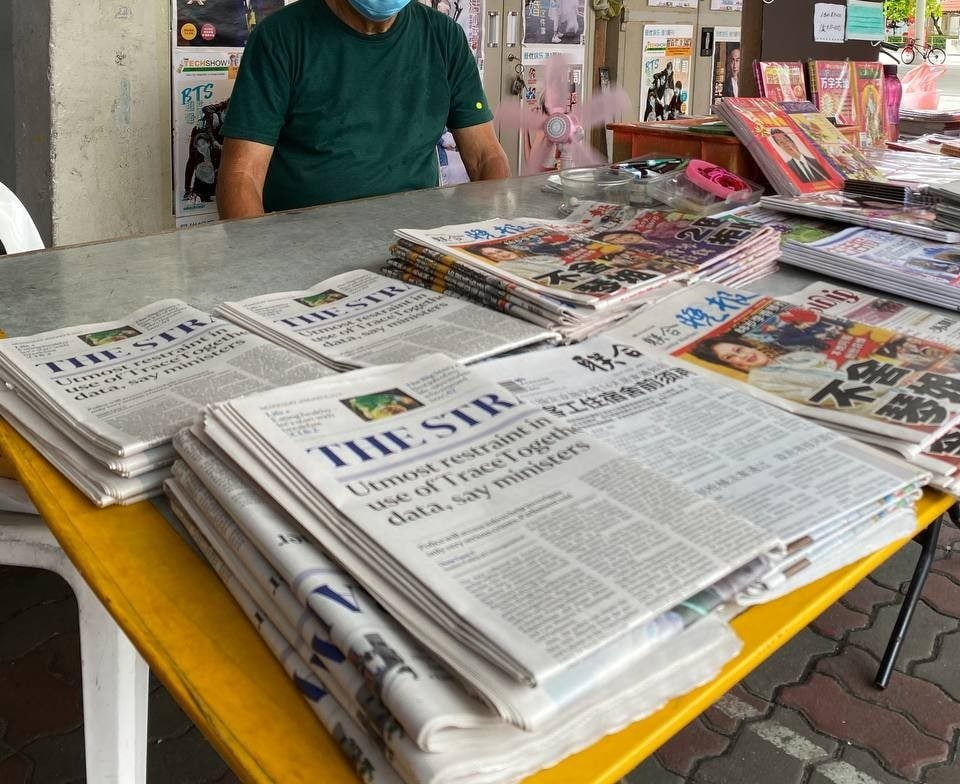
Source: LinkedIn
Apart from the above, the scheme has a whole slew of strict criteria.
Minister for the Environment and Water Resources Masagos Zulkifli listed some of these in a written reply to a parliamentary question in 2016.
For example, applicants must at least be 45 years old and physically fit to run the business.
Additionally, the scheme is only applicable to Singaporeans and Permanent Residents.
Not easy to be a legal street hawker
When the applicants pass the initial round of eligibility screening, they then need to comply with several conditions.
For instance, street hawkers need to peddle their wares at fixed locations — only with support from the relevant Town Councils.
As for how much they need to pay, those uncles and aunties you see selling tissue at Lau Pa Sat fork out S$120 a year to be legal street hawkers.
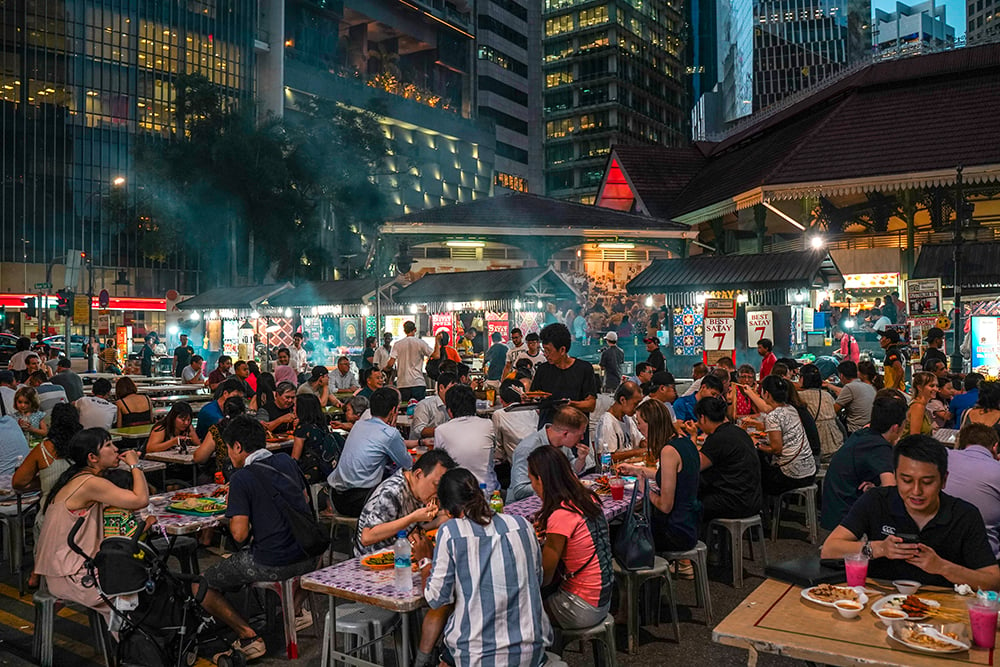
Source: Uncover Asia. For illustration purposes only.
The Street Hawking Scheme was introduced in the early 2000s as a temporary measure to help the needy, and reported numbers of those who hold the licence are low.
According to a 2014 TODAY report, only 362 people had been issued the licence since its implementation. There are unfortunately no recent figures that track any increase or decrease.
Regulating street hawking in Singapore
As it turns out, street hawkers never had a place in Singapore’s future.
In 1994, a rare licence was issued to select street hawkers in what was then supposed to be a one-off exercise.
These licences were reportedly issued to control their numbers and “phase out these street hawkers through natural attrition”.
Unlike the newer licence under the Street Hawking Scheme, street hawkers with this rare licence had the right to operate “on any public land”.
Those iconic ice cream uncles along Orchard Road all have this licence that’s personal to the holder and non-transferrable.
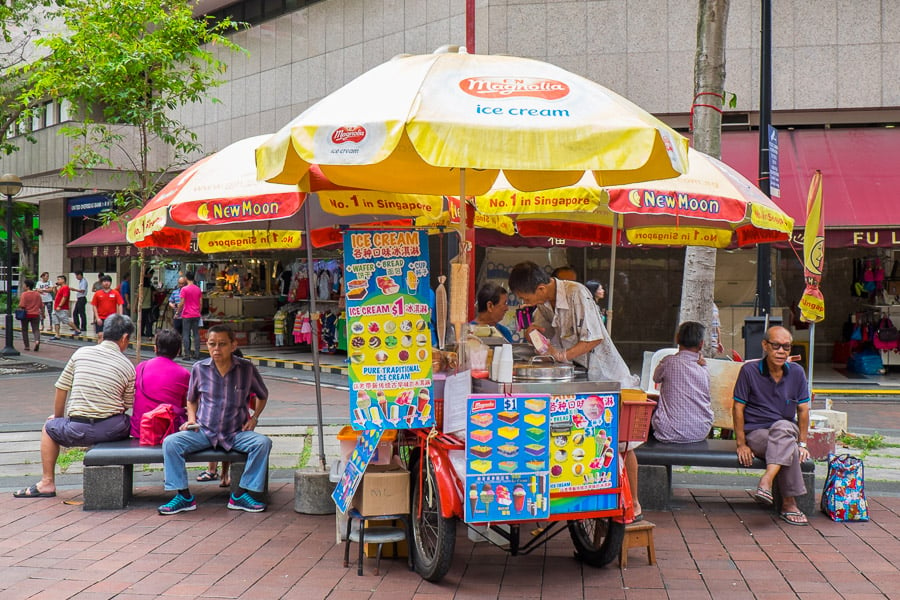
Source: The Food Pornographer. For illustration purposes only.
Channel News Asia (CNA) reported that in 2019, there were only 13 ice cream uncles with this OG licence.
But why these strict rules against hawkers?
To answer that question, we have to go back to the 1980s when there was a crackdown against street hawking culture.
Street hawking’s ‘dirty’ history
In 1987, the Singapore Government passed the Environmental Public Health Act.
Under the act, hawkers are prohibited from “hawking in any place or places that he or she may think fit”.
The legislative move follows a period in Singapore’s history when “public clean-ups” frequently made the news.
ST published a report in 1987 that provided a detailed timeline of the Government’s clean-up efforts.
For example, street hawkers in Chinatown and Bugis Street were reportedly relocated in 1983 and 1985 respectively.
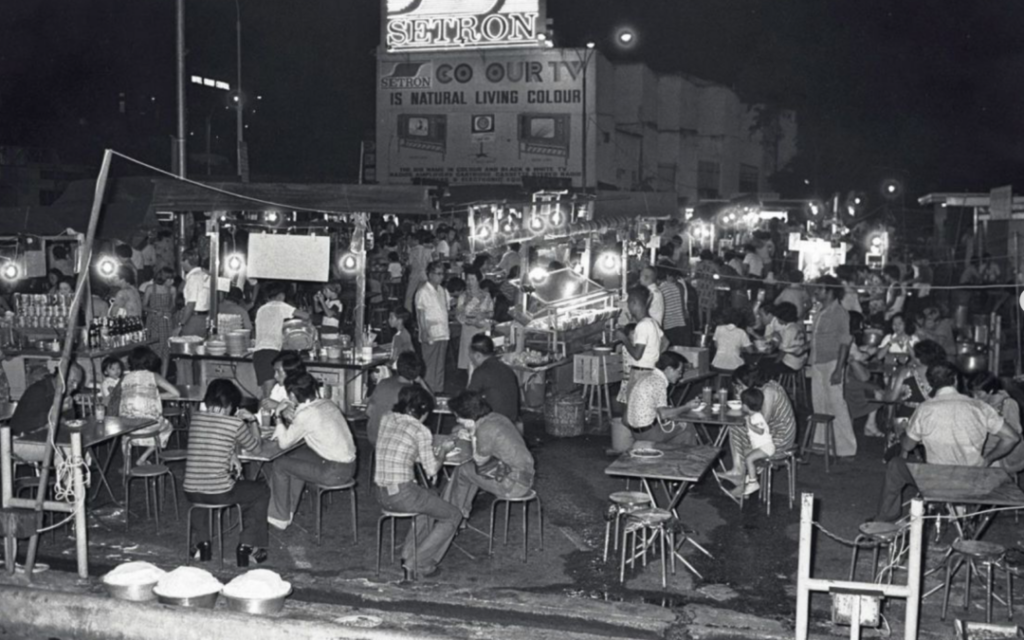
Source: National Archives of Singapore
Apart from that, major developments included the dredging of Singapore River in 1984 and Kallang Basin in 1986.
Understandably, hygiene standards back then were dismal, with reports of people catching cholera just from tainted ice cream.
But we’re now in 21st-century Singapore where hygiene standards are miles above those in the past.
Surely there’s a way to revisit these stringent rules?
Street hawkers face a tough future in Singapore
If you think about it, ‘illegal hawkers’ aren’t selling anything inherently bad, they just don’t have the proper licensing.
Unfortunately for them, the licence to sell what they do does not exist in Singapore.
Apart from the licence under the Street Hawking Scheme, the only alternatives are the food licences provided by the SFA.
According to SFA, there are currently six types of food licences — depending on the type of food retail outlet.
- Retail food shops such as bakeries, restaurants, food courts, etc.
- Food stalls in Government food centres, school canteens and markets
- Sales of herbal tea
- Mobile food wagons
- Pet Cafés
- Temporary Fairs
None of these present licences extend to allow mobile sales for street hawkers.
Perhaps it’s time to extend an olive branch to these street hawkers, or to upskill and educate older hawkers on how to legally continue their trade.
If recent news is to be taken as an example, it’s clear that there are some illegal hawkers who need assistance.
In this day and age, there’s even a call to preserve the ‘traditional’ street hawker culture, with passionate folk launching online petitions.
Hopefully, we can find ways to help these struggling street hawkers who are now undoubtedly a dying breed.
Featured image adapted from Food Iconic To Hong Kong, for illustration purposes only.

Drop us your email so you won't miss the latest news.
